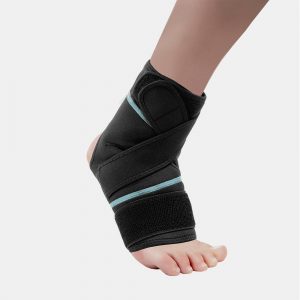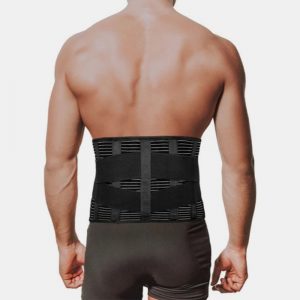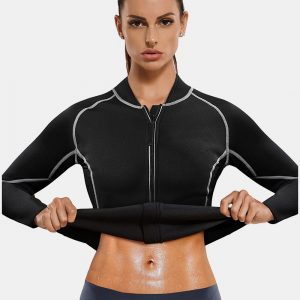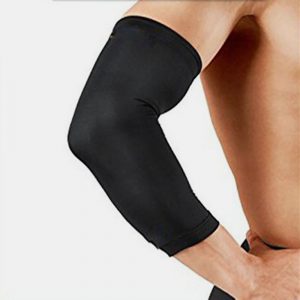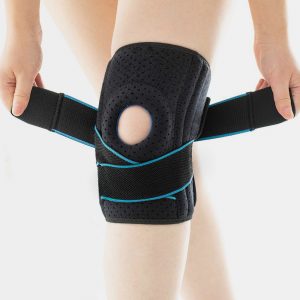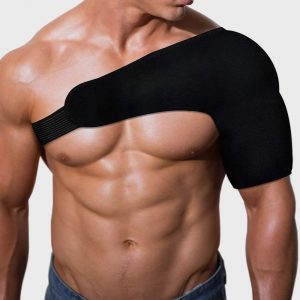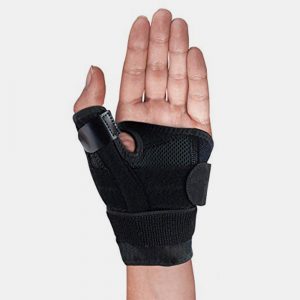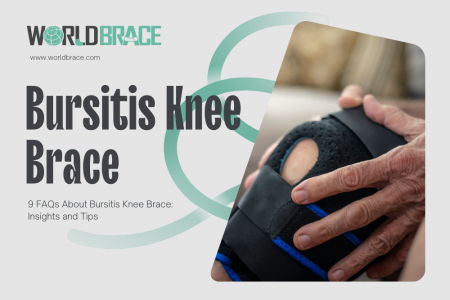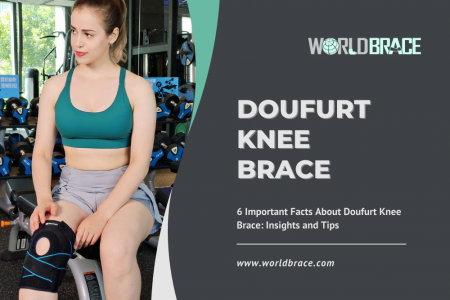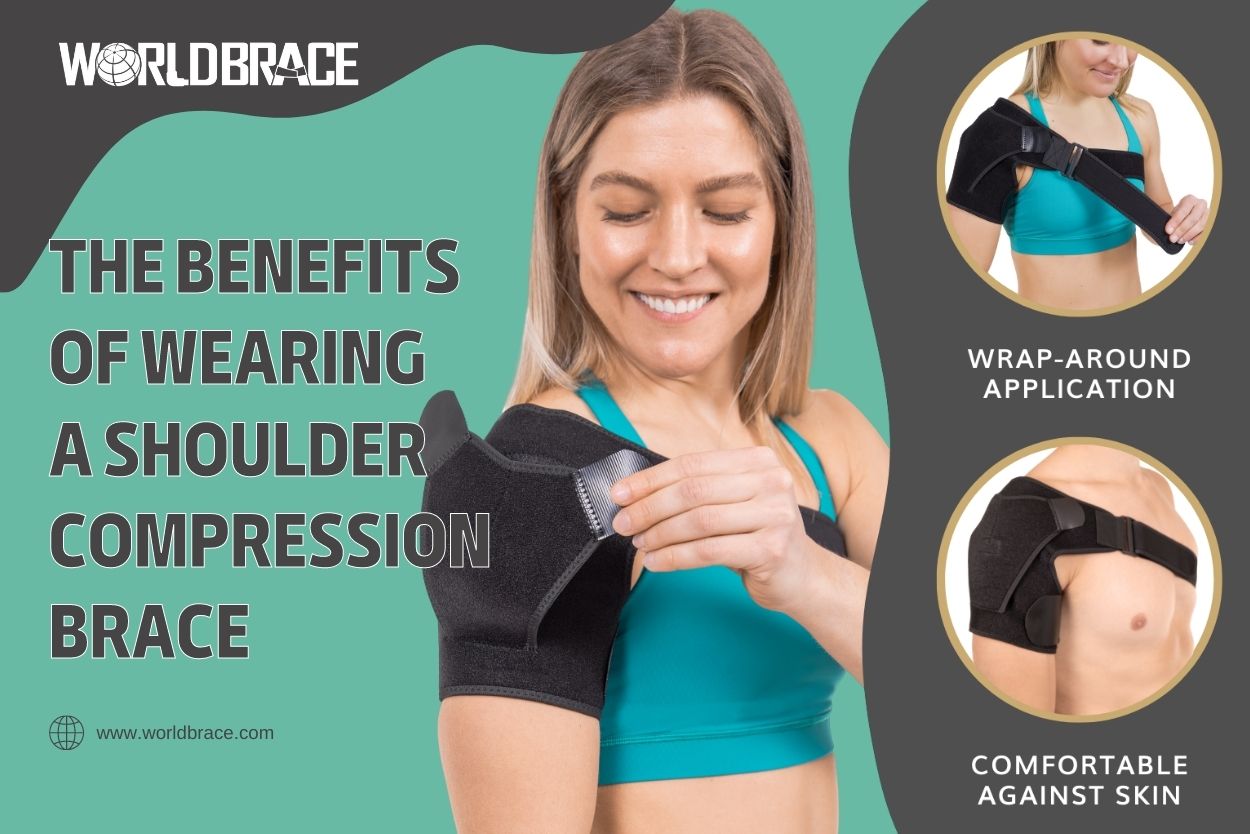
What is a Shoulder Compression Brace?
A shoulder compression brace is a medical device designed to provide support, stability, and compression to the shoulder joint. It is typically made of elastic materials such as neoprene, spandex, or nylon, and is designed to fit snugly around the shoulder area. The primary function of a shoulder compression brace is to reduce pain, inflammation, and discomfort caused by various shoulder injuries and conditions.
Shoulder compression braces come in different types, each with its unique design and function. The most common types of shoulder compression braces include:
- Sleeve-style braces: These are designed to slip over the arm and fit snugly around the shoulder. They are typically made of neoprene and provide compression and support to the entire shoulder area.
- Strap-style braces: These have straps that wrap around the shoulder and are adjustable to provide the desired level of compression and support.
- Shoulder immobilizers: These are designed to immobilize the shoulder joint and prevent any movement. They are typically used after surgery or severe shoulder injuries.
- Posture correction braces: These are designed to improve posture and alleviate shoulder pain caused by poor posture.
- Shoulder stabilizers: These are designed to provide support and stability to the shoulder joint, especially in cases of shoulder instability.
How Does a Shoulder Compression Brace Work?
The primary mechanism of action of a shoulder compression brace is to reduce shoulder pain and inflammation. By applying pressure and compression to the shoulder joint, the brace helps to improve blood flow and circulation in the area, which can help reduce swelling and inflammation. Additionally, the compression helps to provide support and stability to the shoulder joint, which can help alleviate pain caused by shoulder instability or overuse injuries.
Shoulder compression braces work by improving proprioception, which is the body’s ability to sense the position of its joints in space. This can help improve posture and range of motion, as well as reduce the risk of further injury. By providing support and compression to the shoulder, the brace can also help to reduce the strain and load on the surrounding muscles and tendons, which can help reduce pain and inflammation.
The Benefits of Wearing a Shoulder Compression Brace
Wearing a shoulder compression brace is an effective way to manage shoulder pain and injuries, as well as improve overall shoulder health. Here are some of the benefits of wearing a shoulder compression brace:
- Pain relief and reduction of inflammation: The compression provided by a shoulder brace can help to reduce swelling and inflammation, which can alleviate pain and discomfort in the shoulder joint.
- Support and stabilization of the shoulder joint: A shoulder compression brace helps to provide support and stabilization to the shoulder joint, which can prevent further injury and promote healing. This is especially important for individuals who have experienced a shoulder injury or suffer from shoulder instability.
- Improvement in posture and range of motion: By providing support and compression to the shoulder joint, a shoulder brace can help to improve posture and range of motion. This can be especially beneficial for athletes and individuals who engage in repetitive overhead activities.
- Prevention of shoulder injuries and re-injuries: A shoulder compression brace can help to prevent shoulder injuries by providing support and stabilization to the joint. Additionally, wearing a shoulder brace during activities that place stress on the shoulder, such as lifting or throwing, can help to reduce the risk of re-injury.
- Versatility and ease of use: Shoulder compression braces are available in a variety of sizes and styles, and are easy to wear and adjust. They can be worn during daily activities or during sports and exercise, making them a versatile tool for managing shoulder pain and injuries.
Who Can Benefit from Wearing a Shoulder Compression Brace?
- People with shoulder injuries
Shoulder injuries and conditions such as rotator cuff tears, bursitis, and tendonitis can cause a great deal of pain and discomfort, making it difficult to carry out daily activities. In such cases, wearing a shoulder compression brace can be highly beneficial. The brace can help reduce pain and inflammation in the shoulder, allowing individuals to recover faster and resume their daily activities.
- Athletes and people who engage in repetitive overhead activities
Athletes and individuals who engage in repetitive overhead activities, such as painting or lifting heavy objects, are also prone to shoulder injuries. Wearing a shoulder compression brace can provide additional support and stabilization to the shoulder joint, reducing the risk of injuries or re-injuries. It can also help prevent strain and fatigue in the shoulder muscles, allowing individuals to perform their activities with more ease and comfort.
- Individuals with poor posture or shoulder instability
Poor posture and shoulder instability can also lead to discomfort and pain in the shoulder area. A shoulder compression brace can help improve posture by pulling the shoulder blades back and down, reducing strain on the upper back and neck muscles. It can also provide support to the shoulder joint, reducing the risk of instability and improving overall shoulder function.
Tips for Choosing Wearing a Shoulder Compression Brace: Dos and Don’ts
It is important to choose the right brace and wear it correctly to get the most benefit. Here are some tips to help you choose, wear, and care for your shoulder compression brace:
- Factors to consider when selecting a shoulder compression brace:
Size and fit: It is important to choose a brace that fits snugly but not too tightly. Measure your shoulder and arm circumference to ensure you get the right size.
Type of injury: Different shoulder compression braces are designed to target specific injuries or conditions. Consult with your doctor or physical therapist to determine which type of brace is best for your specific needs.
Material: Look for a brace that is made of breathable, moisture-wicking material to prevent irritation and discomfort.
- Proper fitting and wearing instructions:
Position the brace correctly: The brace should be positioned so that it covers the entire shoulder and upper arm, but not the elbow.
Adjust the straps: Make sure the straps are adjusted correctly so that the brace fits snugly without causing discomfort or restricting movement.
Wear for the recommended time: Follow your doctor’s or physical therapist’s instructions on how long to wear the brace each day.
Gradually reduce use: As your shoulder heals, gradually reduce the amount of time you wear the brace until you no longer need it.
Conclusion
In conclusion, selecting the right shoulder compression brace and wearing it properly can help reduce pain and promote healing.
Looking for a shoulder compression brace? We are a leading manufacturer and supplier of shoulder braces from China. Get wholesale prices on bulk orders from our company today!

